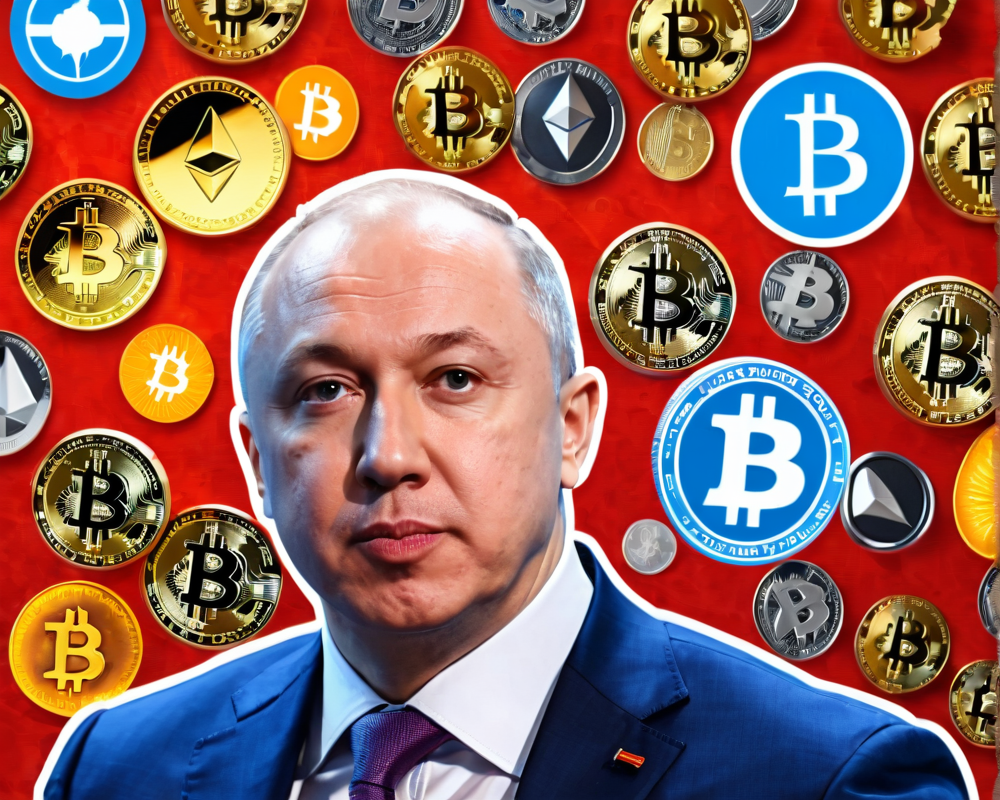In a year where Ether (ETH) has soared by 150%, reaching a market capitalization eclipsing $200 billion, it begs the question: why are traders still obsessing over unitary prices? It’s like checking your weight on a broken scale—totally missing the larger picture!
The Price Paradox
In the traditional trading world, investors are used to metrics like earnings or sales to determine value. Yet, cryptocurrencies, particularly Ether, present a convoluted set of multiple uses, making it difficult to determine a single valuation metric. Is Ether merely a digital store of value, or is it the gateway token to Ethereum? Perhaps it’s both!
Unitary Prices vs. Market Capitalization
Let’s dive into the myopia surrounding unitary prices. Take Cardano (ADA), for example, priced below $1 yet strutting around with a market cap of over $26 billion. Then there’s Cover Protocol (COVER)—standing tall with a unit price of nearly $1,600, but its market cap is only a meager $100 million. What gives?
- Cardano: Market Cap > $26 billion with a unit price < $1
- Cover Protocol: Unit price nearly $1,600 but Market Cap < $100 million
Beyond the Numbers
Market capitalization models aren’t just arbitrary; they’re consistent across commodities, stocks, and mutual funds. The comparison game is fair when we chalk up Ether’s recent surge that outpaced the likes of Novartis, AT&T, and Cisco. But come on, comparing a 165-year-old drug company with a cutting-edge technology protocol? It’s like putting apples in a darkness meeting with oranges.
The Risks Involved
History shows that traditional companies face risks such as share dilution and legal entanglements, while Ether enjoys a fixed-supply schedule. Remember those high-profile lawsuits against Cisco and AT&T? The unpredictability is almost as shocking as your friend’s dance moves at a wedding.
The Future Outlook
Despite the comparisons, Ether—anchored in a decentralized framework—appears much less risky and potentially more lucrative. With less government control and taxation threats compared to corporations, it stands poised to pave a promising path into the future.
In conclusion, while the debate regarding comparing market capitalizations may continue, it’s crucial not to lose sight of how the unique nature of cryptocurrencies, coupled with their technological backbone, provides an expansive upside that traditional firms simply can’t match.
“The views and opinions expressed are solely those of the author and do not reflect the views of any individual or organization. Always do your own research!”



